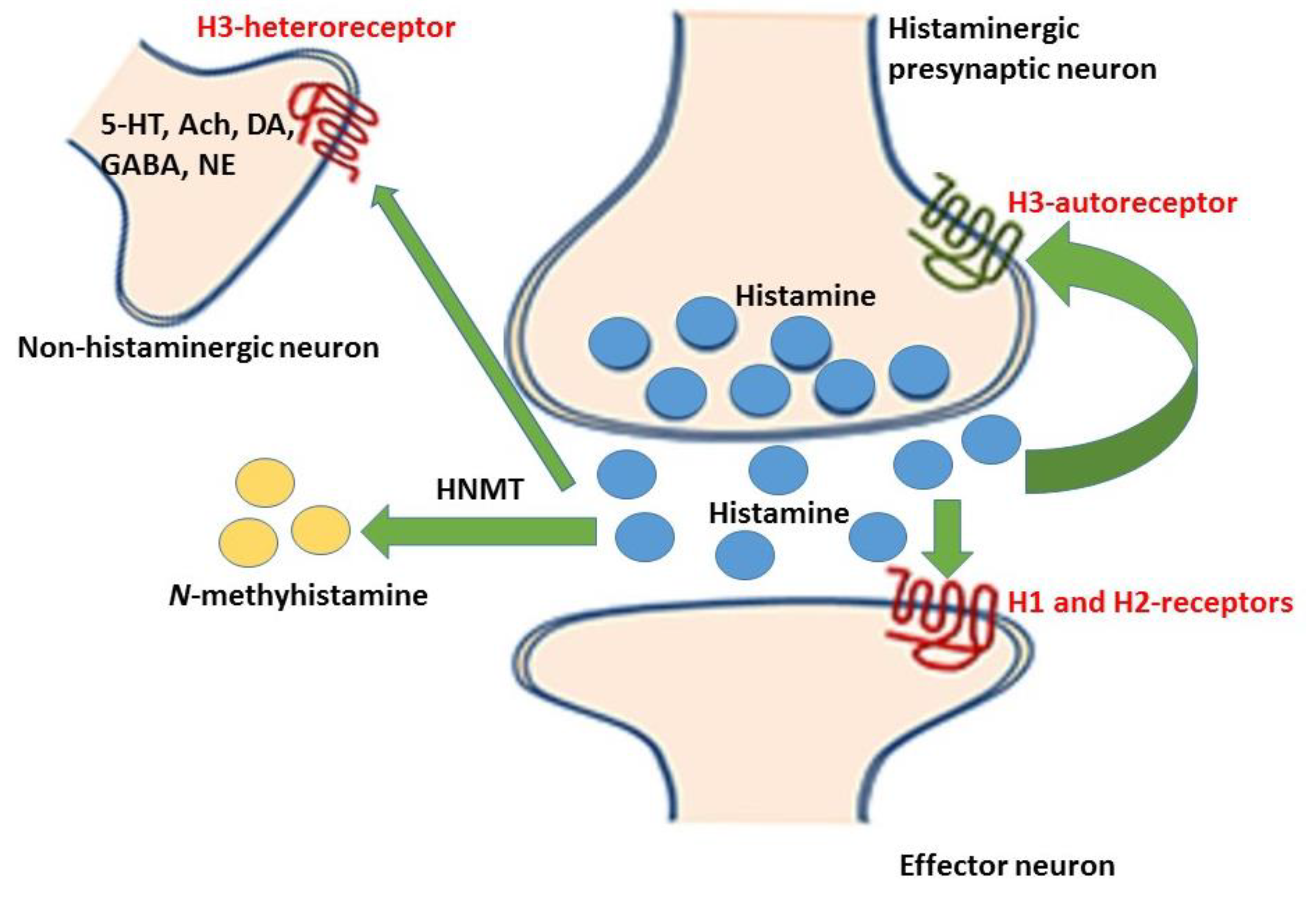Pitolisant is a drug that is primarily used to treat narcolepsy, a sleep disorder characterized by excessive daytime sleepiness and sudden bouts of sleep. It is known to have stimulant-like effects, but it is not classified as a stimulant drug. So what exactly is pitolisant, and how does it work?
In this article, we’ll be taking a closer look at what pitolisant is, why it is not classified as a stimulant, and how it can be used to treat narcolepsy. We’ll also explore the potential side effects of this drug and look at how it is different from traditional stimulants. By the end, you should have a better understanding of pitolisant and its uses.
Pitolisant is a non-stimulant medication used to treat narcolepsy, a sleep disorder. It works by increasing the amount of histamine in the brain, which can help keep people with narcolepsy alert and awake during the day. Pitolisant does not work as a stimulant, as it does not increase dopamine or norepinephrine levels in the brain. Instead, it works on the histamine system to help people stay alert. Pitolisant is not recommended for children under 18 years of age.

Contents
Is Pitolisant a Stimulant?
Pitolisant, also known as the brand name Wakix, is a medication used to treat excessive daytime sleepiness in people with narcolepsy. It was approved by the U.S. Food and Drug Administration in 2019 and is available in tablet form. While the drug is primarily used to treat narcolepsy, some have questioned whether it is also a stimulant.
What Is a Stimulant?
A stimulant is a type of drug that increases alertness, attention, and energy. Stimulants can affect the central nervous system, causing an increase in heart rate, blood pressure, and respiration. Common stimulant drugs include caffeine, cocaine, and amphetamines.
Stimulants can be used for both medical and recreational purposes. In medical settings, stimulants are often prescribed to treat attention deficit hyperactivity disorder (ADHD), narcolepsy, and depression. Recreational use of stimulants is more likely to be associated with abuse and addiction.
Is Pitolisant a Stimulant?
Pitolisant is not classified as a stimulant. While it can increase alertness and reduce daytime sleepiness in people with narcolepsy, it does not have the same effects as stimulants. Pitolisant is instead classified as an antagonist of the histamine H3 receptor.
The drug works by blocking the histamine H3 receptor, which is involved in the regulation of wakefulness. This helps to increase wakefulness and alertness, but without the side effects associated with stimulants. Common side effects of pitolisant include nausea, vomiting, dizziness, and headache.
Pitolisant is considered to be a safe and effective treatment for narcolepsy, but it should only be taken under the supervision of a doctor. People with narcolepsy should also be aware that pitolisant is not an FDA-approved treatment for any other medical condition, including ADHD.
Frequently Asked Questions
Pitolisant is a prescription stimulant used to treat narcolepsy. It works by increasing levels of certain chemicals in the brain, which increases alertness and reduces daytime sleepiness.
What Is Pitolisant?
Pitolisant is a prescription medication used to treat narcolepsy. It is a type of stimulant medication, which means it works by increasing the activity of certain chemicals in the brain. This helps to increase alertness and reduce daytime sleepiness associated with narcolepsy. Pitolisant is usually taken once a day, usually in the morning.
What Are the Benefits of Pitolisant?
Pitolisant is used to treat narcolepsy, a chronic sleep disorder. People with narcolepsy experience excessive daytime sleepiness, even after getting enough sleep at night. Pitolisant helps to reduce this sleepiness, allowing people with narcolepsy to stay awake and alert during the day. It can also improve concentration and focus, and reduce the risk of accidents due to sleepiness.
Are There Any Side Effects of Pitolisant?
Like all medications, Pitolisant can cause side effects. The most common side effects include headache, nausea, and insomnia. Other side effects may include dizziness, dry mouth, and irritability. In rare cases, Pitolisant can cause more serious side effects, such as chest pain, an irregular heartbeat, or depression. If you experience any of these side effects, contact your doctor right away.
Who Should Not Take Pitolisant?
Pitolisant is not suitable for everyone. People with certain medical conditions, such as heart disease, liver disease, and glaucoma, should not take this medication. People with a history of substance abuse or who are taking other medications should also talk to their doctor before taking Pitolisant. It is important to tell your doctor about all medications, supplements, and vitamins you are taking before starting Pitolisant.
Is Pitolisant Addictive?
Pitolisant is not considered addictive, but it can be abused. People who abuse Pitolisant may take higher doses than recommended or take it more often than prescribed. This can lead to serious side effects, including addiction. If you or someone you know is abusing Pitolisant, it is important to seek help from a healthcare professional.
Pitolisant is an effective stimulant for those living with narcolepsy or excessive daytime sleepiness. This medication helps to improve wakefulness, alertness and concentration. It works by targeting the histamine H3 receptor, which is located in the brain and is involved in regulating wakefulness and sleep. Clinical trials have shown that Pitolisant is an effective treatment for narcolepsy and excessive daytime sleepiness with minimal side effects.
Overall, Pitolisant is an excellent stimulant for those living with narcolepsy or excessive daytime sleepiness. It is an effective and safe treatment option, with few side effects. Its ability to target the histamine H3 receptor in the brain helps to improve alertness, wakefulness and concentration. Pitolisant is a great option for those who need help staying awake and alert during the day.
